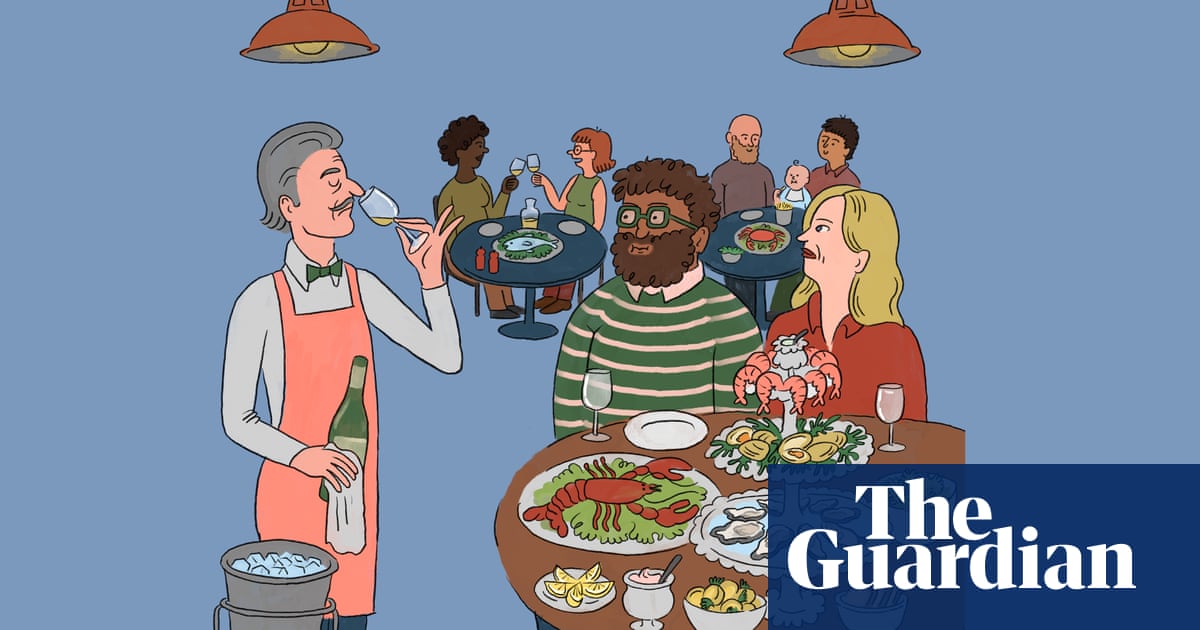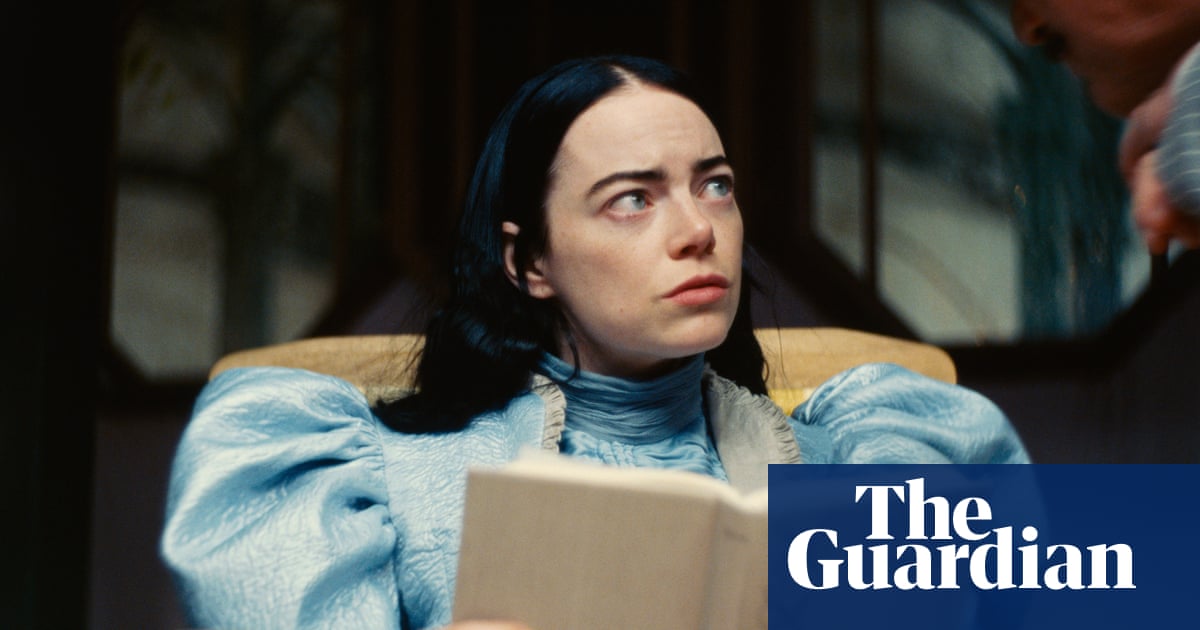
Vladimir Putin’s announcement this week that “we need to put aside political and other differences” in “the transition to carbon neutrality” may have been characteristically double-edged (both a dig at the G7 nations and an advert for Russian gas) but it also highlights how important nature, land and landscape are to the self-identity of many Russian people. “Russia has colossal potential in our forests, tundra, agricultural lands and swamps,” Putin continued, while his government cracks down on those who seek to protect such ecosystems from having their “potential” extracted for vast profits.
It was during the 19th century that Russian writers (Chekhov, Tolstoy, Turgenev) and artists (such as Levitan, Nesterov, Savrasov and Shishkin) forged enduring links between nature and nation. But, while some such as Turgenev and Shishkin ventured into the deep backwoods, many spent much of their time on country estates that had already been landscaped according to prevailing (European) tastes. Russian Parks and Gardens by garden historian Peter Hayden is a rich and fascinating overview of these beautiful, complicated places and the people who shaped them – from squabbling Russian aristocrats to deceitful Scottish architects.
At the same time, landscape painters of the late 19th century sought to elevate the mundane in order to establish a distinctive and authentic Russian nature (birch trees, puddles) in contrast to the more established and superficially dramatic attractions of European scenery. This gradual shift is at the centre of Christopher Ely’s excellent study This Meager Nature. The book’s title is a line by Russian poet Fyodor Tyutchev (“Long suffering land, / Land of the Russian people!” it continues). This combination of humility and grandeur has continued to influence Russian conceptions of nature – from the “village prose” writers of the 1950s such as Vladimir Soloukhin right up to major landscaping projects such as the new Zaryadye Park in Moscow.
It echoes Putin’s emphasis on the diversity of Russia’s many landscapes and ecosystems. Among these, it is the steppe and the forest that are the two most powerful archetypes: the steppe a boundless space of infinite freedom; the forest, a primal place where everything is at once clear and fearfully confusing. Freshly translated by Arch Tait, Vladimir Bibikhin’s The Woods takes us into the dark psychological corners of this self-taught Soviet-era philosopher.
Bibikhin’s influence can be traced in Ivan Novikov’s brilliantly counterintuitive essay “I Want to Be Afraid of the Forest”, published in Cosmic Shift, a wide-ranging compendium of contemporary Russian art writing edited by Elena Zaytseva and Alex Anikina. “Trying to find the Other in the world of plants is the only way to create a new form of art,” writes Novikov, sweepingly. With contributions from Boris Groys, Maria Kapajeva, Alexander Brener and Oxana Timofeeva, this is full of gems. Pavel Pepperstein’s sci-fi short story “The Skyscraper-Cleaner Pine Marten” is quite wonderful in its lingering weirdness.
While many approaches to nature were shaped by 19th-century nationalism, Maria Stepanova points to the “one national identity left out of the party”: Jewishness. Stepanova has long been a major force in Russian literature and now, with Sasha Dugdale’s translations of her prose, the International Booker-shortlisted In Memory of Memory, and poetry, War of the Beasts and the Animals, Anglophone readers are finally catching up. In Memory of Memory is not really about nature or landscape; it’s about a million other things, in particular photography and archives (private/public) and their complicated relationship to history, memory, truth and death. But then who could resist her description of museum objects that have long lost their original purpose? “The past rewilds itself, oblivion springs up out of it like a forest.”











